Discover Encore: The Stories Behind The Songs You Love
Encore: The Stories Behind The Songs You Love

Encore: The Stories Behind The Songs You Love
Author: iHeartRadio
Subscribed: 36Played: 759Subscribe
Share
Description
Do you remember where you were the first time you heard Outkast tell you to 'Shake it like a Polaroid Picture'?
How about when Nickelback told you to 'Look at this Photograph'?
Or when Taylor Swift provided the soundtrack to your Love story?
Join Ruby Carr as she takes you through the biggest songs in the world - with new interviews and newly unearthed archive footage from the artists themselves.
Subscribe on iHeartRadio or wherever you get your podcasts!
96 Episodes
Reverse
Ah the many faces of pop punk… Here on Encore we’ve explored a wide range of songs that fall under the genre’s umbrella; from the sounds of Green Day’s Rock-Opera-Political thriller American Idiot to SUM 41’s metal-worshipping, Jackass-inspired Fat Lip, to Avril Lavigne’s quirky and jealousy ridden hand-clapping Girlfriend - Pop Punk is a big ol’ tree with a whole lotta branches. In 2005, mainstream pop punk tied its wagon a lot closer to the traditional sounds of Rock N Roll, with heavy guitars and stadium-like bravado that kept the Rock-radio airwaves happy. Emo; the emotional side of pop-punk was usually relegated to the sounds of the underground. The ‘scene’ was filled with bands across North America that were a little pop, a little punk, a little goth, and honestly, a little twee. If you were a band having deep, overdramatic feelings about life, love, and fitting in, and treated music as if it was your own personal confessional for all of the above - that was fine - you’d probably find yourself a fanbase - but you certainly weren’t going to find yourself a hit. Coalescing with the rise of internet culture at the time - emo and screamo bands were massively popular on myspace - with filesharing doing a lot of the word of mouth heavy-lifting both virtually and in real life. In a time where everyone was making CD mixtapes - you could easily sneak a (legally or otherwise obtained) mp3 of your favourite emo band on a custom-curated disc - and it started to influence culture at large. While a ton of emo bands eventually broke through, perhaps the very first of their kind was Fall Out Boy - and while they started off like many other subculture sweethearts of the era - in just a few short years - they would become one of the hottest bands in the world. This is the Story of Fall Out Boy's Sugar We're Goin' Down Written by Clayton Taylor for iHeartRadio
Céline Dion's 'My Heart Will Go On' is Arguably the most iconic ballad of the past 30 years. Despite everything Céline Dion has accomplished in her incredible career, which spans 45 years, if you can believe it, 'My Heart Will Go On' is without a doubt the song that everybody knows by her - and if you can believe it - it was recorded in one take. This is the story of Céline Dion's 'My Heart Will Go On' with newly unearthed audio from Céline Dion herself. Written by Cam Lindsay for iHeartRadio.
Success in the music industry is a funny thing isn’t it? Whether you’re a Legendary Icon of the industry, or a One Hit Wonder, Pop Music truly feeds on a ‘what have you done for me lately’ model, where you’re almost always only as popular as your last hit. When you hit a certain level of success as an artist and it’s time to follow that successful project up - even if you’ve blown every realistic expectation of success out of the water - you’re still gonna try something right? Not necessarily. Which brings us to the curious case of fun. This is the story of fun.'s 'We Are Young'. Written by Clayton Taylor for iHeartRadio
It’s beeeeennnn… one week since the last episode of Encore, and now here we are with another one. Our 79th episode in total - yes we counted. Now, in music, novelty acts don’t tend to last very long. In fact, the average best before date of a novelty act lasts only about as long as a box of Kraft Dinner, sometimes less. Back when Barenaked Ladies first emerged from the depths of Scarborough, they were widely considered a novelty act, largely because they mixed such a heavy dose of comedy into their genre-bending music. Unlike so many official or unofficial novelty acts, Barenaked Ladies have resonated with millions and millions of music lovers for more than 35 years now. What started out as a bunch of guys singing jokey songs about becoming millionaires and being back in grade 9, developed into one of Canada’s most beloved and successful musical acts in that time span. They’ve had #1 hits all over the world, one of the best-selling independent releases in Canadian history, and made Prince’s favourite album of 1998… maybe. This is the story of Barenaked Ladies' One Week - with newly unearthed audio from BNL! Written by Cam Lindsay for iHeartRadio.
There are few artists that truly define ‘pop’ music and popstardom like one Ariana Grande; One of the most streamed artists of all time. She is, after all the first female artist to have no less than 20 songs hit a billion streams a pop. Needless to say, this streaming success is not the only metric that defines Ariana Grande’s success - she’s sold an estimated 90 million+ records worldwide, and has been celebrated with: 2 Grammy Awards, A Brit Award, 2 Billboard Music Awards 3 American Music Awards, 13 MTV VMAs (including three this year) &7 iHeartRadio Music Awards - although technically one was for her dog Toulouse - but we’ll give it to her. Obviously - Ari isn’t just a pop star either; her work on the big screen adaptation of the stage musical Wicked solidified her as a true Hollywood powerhouse, and of course - she’s historically no stranger to the Broadway Stage, or the world of Television. So it’s safe to say… she’s kind of a big deal. With all these hits it was hard to pick just one! But this week we look at one of Ariana Grande's most important songs: One Last Time. Written by Clayton Taylor for iHeartRadio.
A great pop song can evoke a universal feeling that just about every listener out there feels. You can make a case for just about any song and any feeling, but has a song ever encapsulated the feeling of being a teenager as accurately as the Smashing Pumpkins’ “1979”? When he wrote it, at the age of 28 mind you, frontman Billy Corgan was looking to express what he felt in his adolescence - all of the angst, pain, fear, excitement, happiness and endless possibilities you face when you’re a teenager. And he nailed it. What’s funny is that when it was released in 1995, it sounded unlike anything else the band had recorded. This alternative rock band often associated with the grunge scene and loud guitars, put out a soft, melancholy tune featuring synthesizers and drum loops. Even funnier is the fact that “1979” became the biggest song of their career, finding new audiences as the generations turn. Yes, it’s as popular with Gen-Z and even Gen Alpha as it is the Gen X that made it a hit in the first place. This is the story of The Smashing Pumpkins' 1979 with newly unearthed footage from the band themselves! Written by Cam Lindsay for iHeartRadio.
Nostalgia is one hell of a drug - and music is the best carrier of that magic elixir directly into our brains. While pretty much any song can be propped up as a totem of days past - sometimes songs feel specifically engineered to bring us back to a place and time. While many songs that we’ve covered over the course of this podcast distill the feelings high school awkwardness and teenage angst; (I’m looking at you, Simple Plan and Jimmy Eat World) there’s no song that declares itself as loudly and proudly as a nostalgic teenage anthem like the certified grandaddy of them all - Wheatus’ anthemic ode to lovable Losers everywhere - 2000’s Teenage Dirtbag. Written by Clayton Taylor for iHeartRadio.
There is no mistaking Alanis Morisette for anyone else. She is the one and only Alanis - Can you even think of anyone else out there named Alanis? Ms. Morissette also has one of the most recognizable singing voices of her generation, one that helped her sell more than 33 million copies of her album, Jagged Little Pill. Only Shania Twain’s Come On Over has sold more copies than Jagged Little Pill, making it the second best selling album by any Canadian ever. That list includes Celine Dion, Drake, The Weeknd, Justin Bieber, Rush and Nickelback. In fact, no Canadian male or Canadian band has sold more copies of an album than Alanis. She is that awesome. Jagged Little Pill reinvented the female singer-songwriter in pop music, and gave women the confidence and strength to express themselves authentically. Rolling Stone called it “a landmark moment for the music industry and the soundtrack of a generation.” And it didn’t take long for that new generation of self-assured female singer-songwriters to emerge in the wake of Alanis’s success. This is the story of its massive single Ironic, with newly unearthed audio from Alanis Morissette herself. Written by Cam Lindsay for iHeartRadio.
This week on Encore, we're going to talk about a bonafide sleeper hit of an album, with bonafide sleeper hit singles; a charmingly upbeat and wholesome record by a guy who surfed his way into our hearts some 20 years ago; with songs that equally resonate as much with a trip to the grocery store as a trip to the beach. But like - in a good way. I am of course talking about Jack Johnson’s 2005 effort In Between Dreams - and its heartwarming first track - Better Together. Son of surfer Jeff Johnson, Jack’s first love was of course: surfing. He was an avid surfer by the age of 5 - and by 17, he was the youngest invitee to make the finals of the lauded Pipeline Masters event in Hawaii. Things went sideways for young Jack though, as he was involved in a serious surfing accident at the very same event; with Johnson needing over 100 stitches in his forehead and the removal of some teeth. Soon after the accident, Jack would trade the surfboard for the director’s chair, and enrolled himself in film school, as well as joining a local band called Soil and playing the University of California, Santa Barbara campus’ party scene. Ever the polymath; Jack Johnson also successfully put his film studies degree he earned at USCB to good use by combining his love of Surfing, Film, and music to direct the surfer-documentary Thicker Than Water with his pals Chris and Emmett Malloy in the year 2000. It was around this time Johnson met stoner-soul-rock-funk musician G. Love of the band G. Love and Special Sauce. The fun-loving G. Love met Johnson through his surf-documentary circles, and invited Jack to collaborate on a song called Rodeo Clowns. With his foot now in the door in a variety of artistic circles - Johnson then caught the attention of travelling bluesman Ben Harper and his producer JP Plunier. Plunier was a fan of Johnson’s Demo Tape, and offered to produce his debut album, eventually titled Brushfire Fairytales and released in February 2001. Jack Johnson would open for Ben Harper and the Innocent Criminals throughout 2001 - and by late 2002, Brushfire Fairytales officially became his first platinum-selling album. After a less successful second album - Jack Johnson would hit it big with his classic third album In Between Dreams. This is the story of its biggest single, Better Together. Written by Clayton Taylor for iHeartRadio.
For 15 years, (and up until recently) Oasis were officially not a band. In 2009, Noel quit just hours before they were set to play a festival in France. But back then, everyone just assumed Oasis would return the next week, hatchet buried, ready to pick up where they left off; If there’s one thing Oasis were known for it was regularly being on the brink of imploding. From the very start, Liam and Noel were always squabbling over something. Very public spats were just something they did. Fast forward to 2025, Oasis are back playing live shows again, heading across the world on a reunion tour that includes two shows in Toronto. Of course, Oasis were known for writing big rock anthems in the ‘90s and 2000s - but there is one song of theirs that was bigger than the rest: A ballad that has become customary to learn for everyone that owns an acoustic guitar. I’m talking about “Wonderwall,” a song Noel Gallagher wrote about his imaginary friend. This is the true story of Oasis's Wonderwall with newly unearthed audio from Noel and Liam Gallagher themselves. Written by Cam Lindsay for iHeartRadio.
Check out our FULL Unedited interview with the wonderful Chuck Comeau of Simple Plan! Chuck and Ruby look back at the incredible period of time that was Simple Plan's 2003-2005 and the creation and success of 'Still Not Getting Any'. Chuck tells ruby stories about the album, it's hit single 'Welcome to My Life', working with Bob Rock, shooting the video for 'Welcome to My Life' and why Tom Delonge is an absolute sweetheart!
This episode of Encore is brought to you by All Your Friends Fest - June 28 and 29 in Burl's Creek, ON - Get Your Tickets Formed when they were just thirteen years old by lead vocalist and guitarist Pierre Bouvier and Drummer Chuck Comeau in 1993 - it’s hard to believe that just 8 short years later Simple Plan would be signed by Major Label Atlantic Records in late 2001 - and by early 2002, their first single - the aptly named ‘I’m Just A Kid’ would make huge waves on both Canadian and American radio - fitting in perfectly with the sound of the Holy Trinity of Pop Punk: Blink 182, Sum 41, and Good Charlotte. After the success and exposure of I’m Just A Kid, Simple Plan was in pole position to become Canada’s new pop-punk sweethearts. Pop Punk was evolving, you see; the band’s stock was high, and it was a case of staying relevant, or being left behind. This is the story of Simple Plan's Welcome to My Life - as told to Ruby Carr by Simple Plan's own Chuck Comeau! Written by Clayton Taylor for iHeartRadio
TLC are one of the most commercially successful GROUPS of all time. TLC came from out of nowhere in the early ‘90s to dominate R&B, hip-hop and pop simultaneously. They won a bunch of Grammys, had multiple #1 hits, and completely changed music in the 1990s. But unfortunately, with all of that came A LOT of drama and heartbreaking tragedy. This is the true story of TLC's No Scrubs, with newly unearthed audio from the band themselves! Written by Cam Lindsay for iHeartRadio Canada
If there’s one thing you learn about hit songs while doing this podcast it’s to ‘never underestimate the power of a good hook - at any cost’ From songs in our archive like LEN’s Steal My Sunshine, to Avril Lavigne’s Girlfriend, and even songs we’ve covered this season like Backstreet Boys’ I want it That Way or Nirvana’s Smells Like Teen Spirit; It’s proven time and time again that intelligible lyrics are quite simply not one of the key components of a good pop song - as long as some combination of words sound good on a beat - who cares what they are!? Reminder - Howie D LITERALLY told our host Ruby Carr to her face that Backstreet Boys purposely kept lyrics in I Want It That Way that didn’t make any sense. Why? For the vibes, duh. And it’s certainly not just lucidity of thought that can be sacrificed at the altar of catchy hooks and anthemic refrains - and warning - I’m about to sound like a total grandma right now - But Have You Heard Some of Those Lyrics? Yes, I know I’m not really telling you anything you don’t already know, but it’s actually kind of perversely funny to think about so much of the subject matter across all genres of music that we will happily sing or hum along and vibe to, thanks to the power of the killer hook. One such example is of course the topic of today’s episode - Snoop Dogg and Pharrell’s 2004 Hit ‘Drop It Like It’s Hot’ - A Number 1 hit on the hot 100 pop songs for three of its outstanding 30 weeks - with lyrical content so questionable - it has not one but TWO radio edits - a normal one which cuts out swears - and an Extra Clean version for everything else… but we’ll get into that. This is the story of Snoop Dogg and Pharrell's Drop it Like It's Hot! Written by Clayton Taylor for iHeartRadio Canada
In early 1990, Nirvana were ready to start working on their second album. Their label Sub Pop recommended a producer named Butch Vig, who had produced heavier underground bands like Laughing Hyenas and Killdozer. They met up with Butch at his Smart Studios in Madison, Wisconsin to begin recording, laying down eight tracks before they had to head out on tour for six weeks. When they returned home, they made the difficult decision to fire their drummer Chad Channing. Around the same time, Kurt and Krist were thinking of leaving Sub Pop, as the label was facing some financial trouble. When it came up that Sub Pop had begun talking to major labels about some kind of deal, Kurt and Krist felt they might be better off just signing directly to a major label. While in L.A. for label meetings they caught a gig by a punk band called Scream. Kurt and Krist were impressed with their drummer Dave Grohl and they kept in touch. When Scream broke up, not long after, they called up Dave to fly out to Seattle and jam with them. Within two minutes of playing, they knew Nirvana had found their new drummer. Gary Gersh at Geffen Records was one of the record executives looking to sign Nirvana. He had seen them play in New York with Kim Gordon and Thurston Moore of Sonic Youth, who Gersh had signed to the label. Thanks to their encouragement, Geffen signed Nirvana to a deal on April 30, 1991. Nirvana managed to convince their new label that Butch Vig was still the best producer for the next album, and with a budget of $65,000, they headed to Sound City Studios in Van Nuys, California to make it. This is the story of lead single Smells Like Teen Spirit, with newly unearthed audio from the band! Written by Cam Lindsay for iHeartRadio Canada.
You know, one hit wonders get a bad rap. Chumbawumba’s Tubthumping, Crazy Town’s Butterfly, Snow’s Informer, - heck even Plain White Ts’ Hey There Delilah are just a few examples off the top of my head of gimmicky little songs that were the hottest songs in music for a number of weeks or months, from bands and artists that could have been all the rage - but fizzled out of the mainstream after just a single, solitary hit. With that fizzling out often comes a sort of cultural negativity - like “oh you liked that song? Gross - They’re a total flop. And yes I know - plenty of artists have gone on to create cult-followings post their mass-appeal ‘moment-in-the-sun’, and not everyone can or even wants to be Taylor Swift; but in a way, that’s kind of my point! A hit is a hit, and most of these artists shouldn’t be written off as ones who simply didn’t have what it takes; and certainly shouldn’t be maligned musically. Not for nothing, I’m willing to bet that at almost any wedding you’ve ever been to - some of the biggest cheers of the night came when the DJ dropped the needle on a one hit wonder. And sure - you can chalk a bit of it up to a carefree mix of booze and irony, but even a guilty pleasure is one that brings joy. One such example of a ‘one hit wonder’ by an artist that truly deserves their flowers is Vanessa Carlton’s quirky 2002 piano hit ‘A Thousand Miles’; and that is exactly what we’re going to do today. This is the story of A Thousand Miles with newly unearthed audio from Vanessa Carlton herself. Written by Clayton Taylor for iHeartRadio Canada.
How many Shanias do you know of? Is there such a thing as another Shania? Because when you say the name Shania, there really is just the one. Shania Twain is without a doubt the greatest Canadian country singer of all time and arguably the person responsible for helping country music cross over into the mainstream - but her journey was not an easy one - and... her name wasn't always even Shania! This is the story of Shania Twain's 'Man I Feel Like A Woman' with newly unearthed audio from Shania herself. Written by Cam Lindsay for iHeartRadio Canada
Is there anything better than a song that pops up on the radio, a bar or a club - or even unexpectedly in a playlist, and it just makes you happy? I mean, I know we’re in the business of documenting hit songs here on encore - but I’d argue that the first seconds - scratch that - milliseconds of Sean Paul’s super-hit Get Busy are some of the most euphoric moments in all of music. There’s just something about that call-to-action ‘Shake that thing’ intro, the doubling up of syllables in Kana-Kana, and Ana-Bella that captivates you - even before the rhythm hits. I bet - and I totally didn’t research this - Get Busy is the most fully listened to three minutes and thirty seconds in all of music; because once you press play - there ain’t no WAY you’re shutting the song off until it’s over. This is the story of Sean Paul's Get Busy - with newly unearthed audio from Sean Paul! Written by Clayton Taylor for iHeartRadio Canada
What would you say is the greatest music video ever made? Rolling Stone argues that it’s “Formation” by Beyoncé for its statement on black American history. Esquire says it’s “Weapon of Choice” by Fatboy Slim. You know the one where Christopher Walken dances and levitates? Sure, that’s fun. The AV Club insists that it’s “Sledgehammer” by Peter Gabriel, which for years was revered for its groundbreaking stop-motion animation. All of those publications picked great videos, but they are also just flat out wrong. Because the answer to that question is easily and without a doubt “Sabotage” by Beastie Boys. Yes it’s incredibly goofy and sure, it might seem insignificant compared to something like “Formation,” but it’s “Sabotage”! By Beastie Boys! But “Sabotage” isn’t just a music video. It’s also a total banger that still feels fresh and relevant after 30 years. It helped influence the rap-rock revolution of the late ‘90s, it provided countless memorable moments in film and television, and it brought the Beastie Boys back into the mainstream after they nearly sabotaged their own careers in the late 1980s. See what I did there? This is the story of Beastie Boys' Sabotage, with newly unearthed footage from the band themselves. Written by Cam Lindsay for iHeartRadio Canada
The Strokes… Music’s coolest ‘The’ Band of the early 21st century. Along with Sweden’s The Hives, Australia’s The Vines, and Detroit’s The White Stripes - The Strokes almost certainly had no intention of getting looped into the phenomenon of wispy haired indie rock bands that all seemed to break out between the summers of 2001 and 2002; because - if we’re being honest - they didn’t exactly have what you might call an indie origin story. Formed in New York City in as early as 1997 by Frontman Julian Casablancas, Guitarist Nick Valensi and Drummer Fabrizio Moretti at the illustrious Dwight Private School (which lists Truman Capote and Paris Hilton as Alumni) the trio would quickly recruit friend Nikolai Fraiture to play bass with them, as well as Guitarist Albert Hammond Jr. in ‘98. Hammond Jr. had just relocated to New York from Los Angeles by way of Switzerland, where he was childhood friends with Julian Casablancas - at - you guessed it - an even more illustrious Private Boarding School. Within less than 3 years, The Strokes would completely re-define what it would mean to be a trendy modern rock band - and they did it mostly on the back of this hit single; This is the story of The Strokes Last Nite, with newly unearthed audio from the band! Written by Clayton Taylor for iHeartRadio Canada


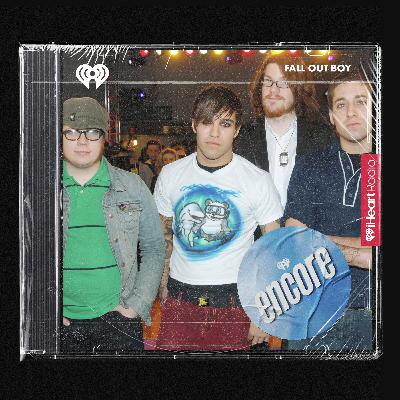
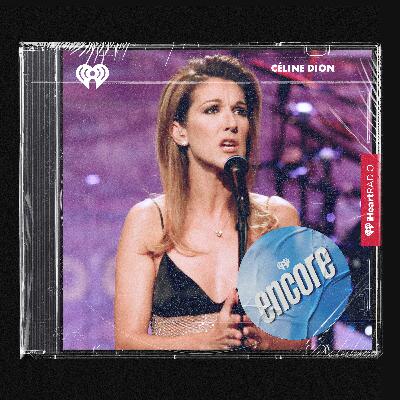
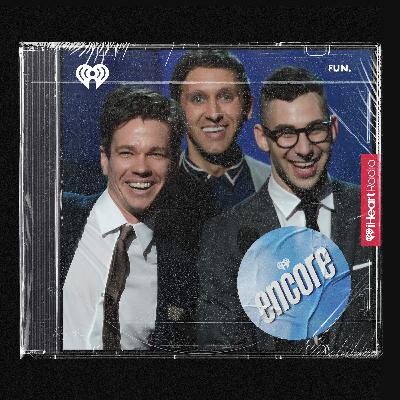
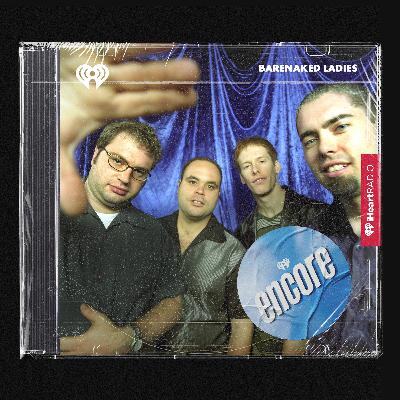
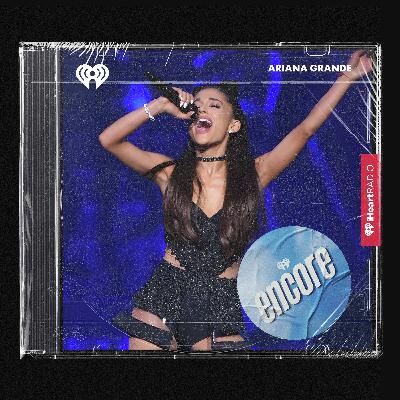
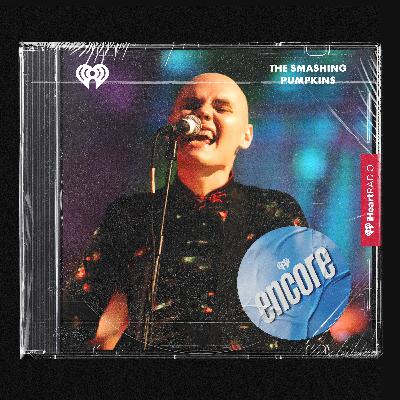

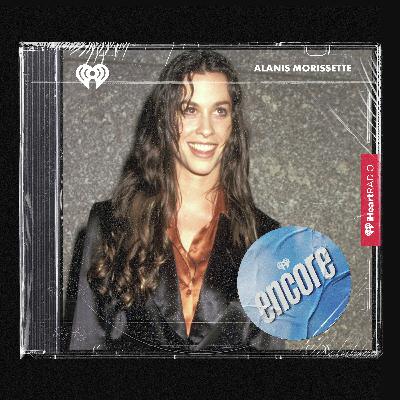
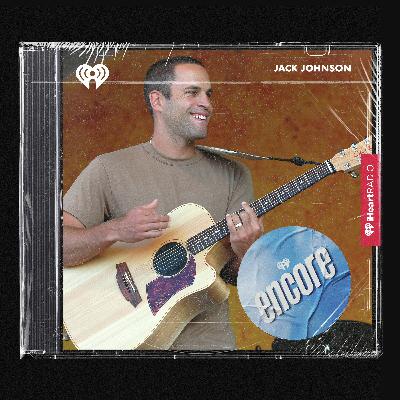

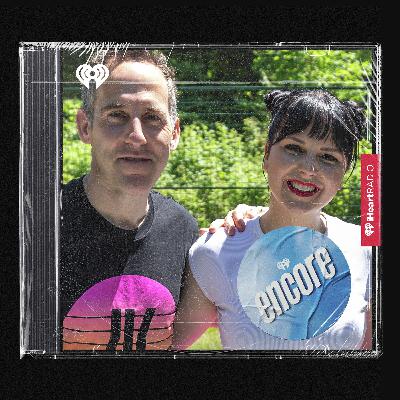

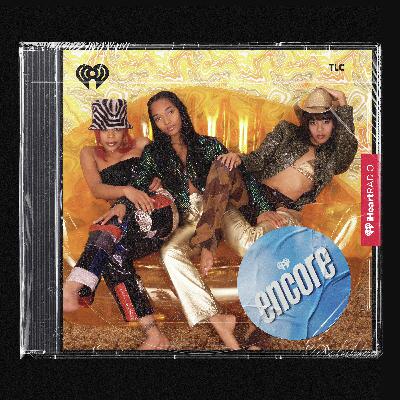
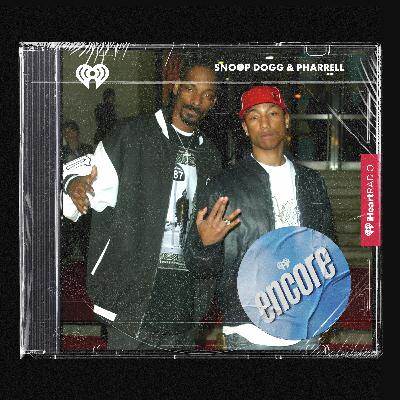
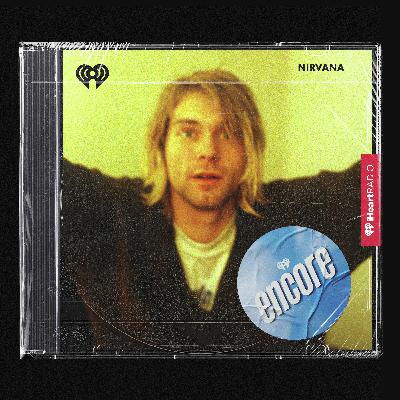
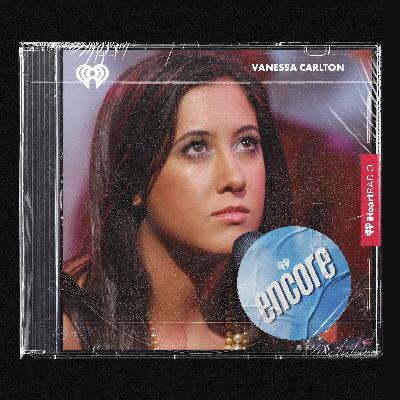
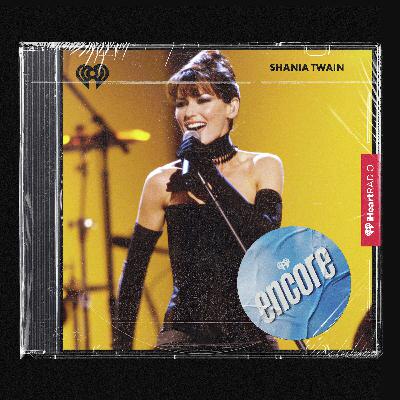
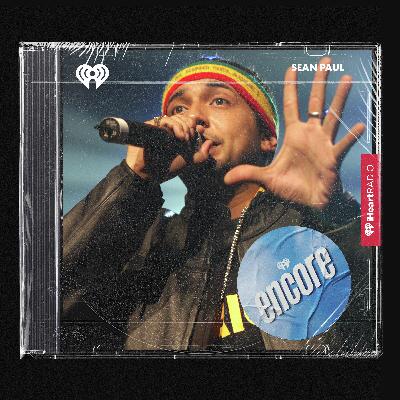
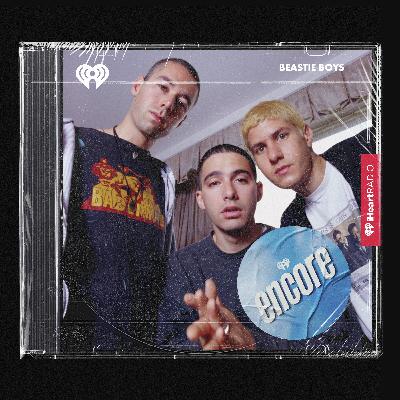
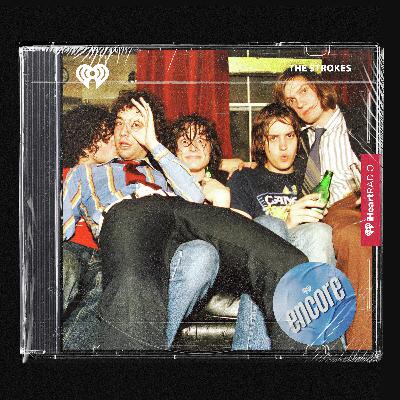



Looking forward to hearing from Episode 1 - the most recent episode about MCR's Black Parade. Out of town work nights sleep will be interesting 🤔